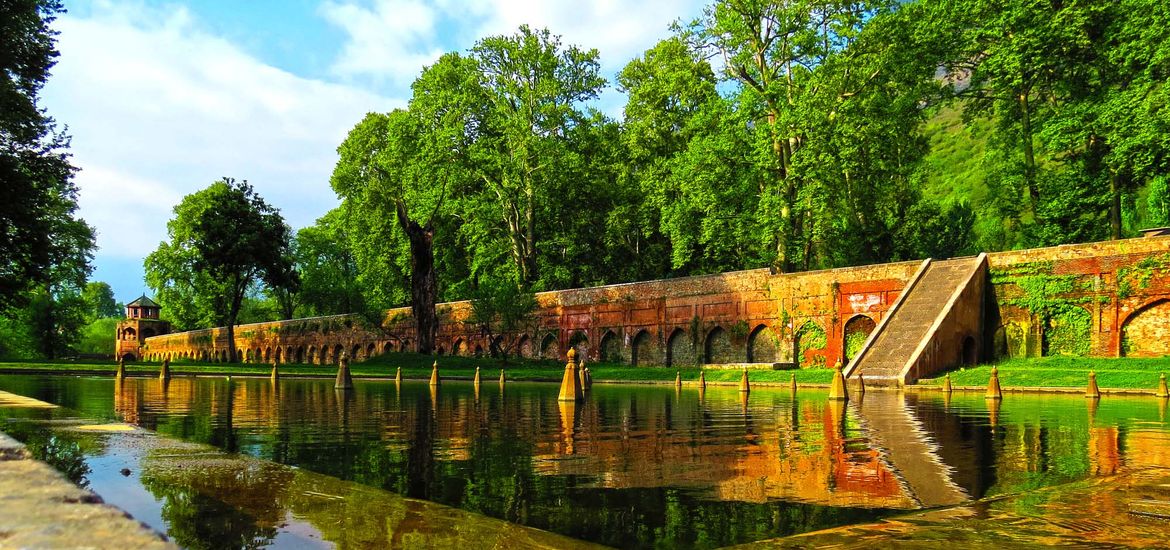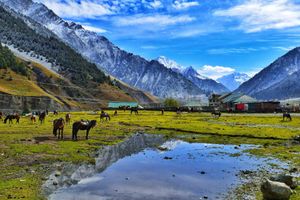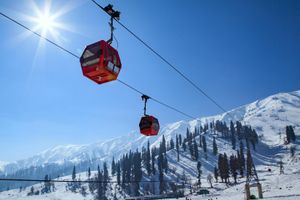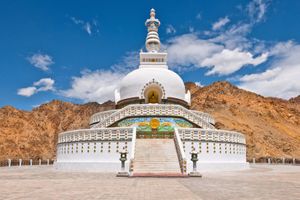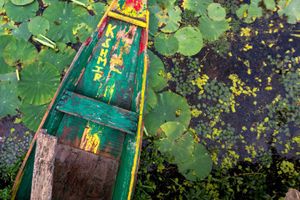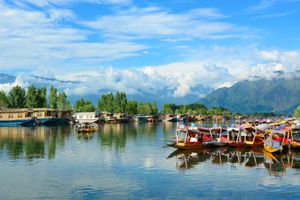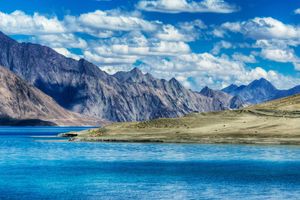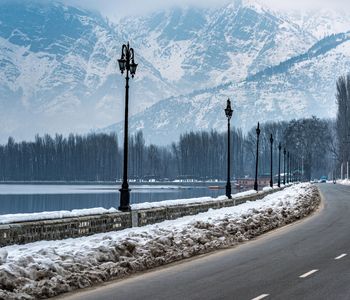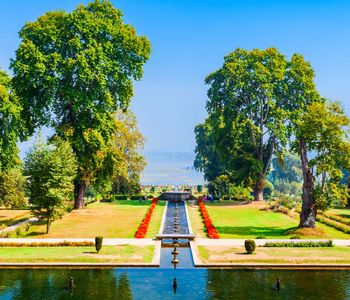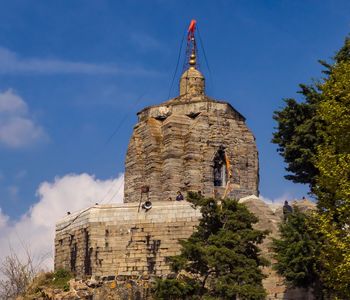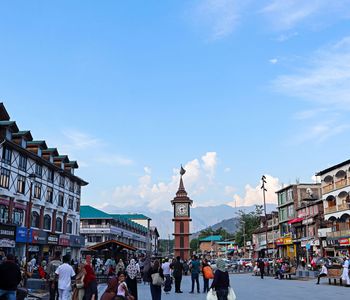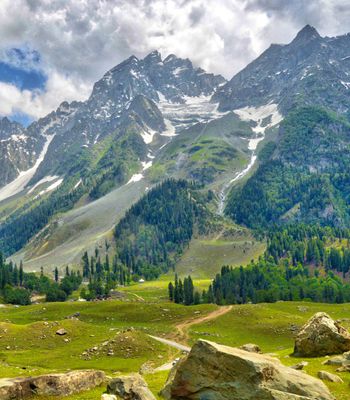Perched on the edge of Dal Lake in Kashmir Valley, the Nishat Garden also known as Nishat Bagh is an expansive retreat for visitors and locals alike. With a mixture of grass, flowers and other flora, this garden has a terraced shape that offers extraordinary views of the water to the west. Discover the finer details of this Mughal garden so that you can plan your trip accordingly.
Understanding the Vibrant History
In 1633, the Nishat Garden was completed by Asif Khan. Its unique mixture of grassy terraces and a centralized waterway created multiple waterfalls along its length. Shortly after the garden's completion, Emperor Shah Jahan expressed his admiration for the open space several times. Because of his statements and familial relation to Asif Khan, the Emperor thought the garden would be given to him.
However, Khan didn't give the garden to the Emperor. In response, he shut off the water supply to the garden. Ultimately, the garden closed down. After some time, a bold servant activated the water supply. Luckily, the Emperor recognized the garden deserved to reopen with the water flowing as designed. From that point, the garden flourished with cypress and Chinar trees, pansies, roses and lilacs. Today, lush grasses and other plants dot the garden's landscape as it's maintained by the locals.
Working with the Land
Initially, Nishat Garden was conceptualized as a Persian garden. By definition, the garden would've had a centralized water feature and four quadrants surrounding it. However, the garden's location along Dal Lake's coastline made it nearly impossible to design it in a square layout.
Because of the hillside location, the garden had to be reimagined. By creating terraces or levels, visitors have flat areas to enjoy while allowing the natural topography to dominate the space. Also, the centralized water feature became a flowing stream, which provides a dynamic focal point across the entire garden. In the end, the garden has a rectangular shape stretching 1,800 feet long and a little over 1,100 feet wide.
Understanding the Design
The Nishat Garden has 12 terraces. Reportedly, each terrace represents a Zodiac sign. At the top, you'll find a two-story pavilion and a spectacular view of the lake. Depending on the individual terraces below, you can find fountains, water chutes and benches for relaxation. Other terraces have water pools and plenty of landscaping to draw the eye.
It might be difficult to count all 12 terraces because some sections are simply water chutes. However, the original design counts these sections as terraces. At the garden's base, the last terrace is a water-collection area. Most guests enjoy some of the upper terraces because of the seating areas, pools and plant life.
As a unique feature, the fifth terrace has a stone bench built across the water pathway. Many guests enjoy the mesmerizing trickling sounds as the water passes by. Also, the fountains built into many of the terraces add to this auditory escape. Meditation, for example, is a favorite pastime of many visitors here.
Planning Your Trip
The best time of year to visit Nishat Garden is from May through November. During these months, you avoid the wintry period when the garden is essentially dormant. In the spring, you'll encounter many blossoming plants, which are perfect for photographs or just admiring them as you rest on a bench.
During the summer, the surrounding trees offer shade as you enjoy the flowing water features. Certainly, the plants are still active with summer-blooming varieties providing some color. In the fall, encounter changing leaf colors as late-season festivals occur on nearby Dal Lake.
Reaching the garden is simple if you're already at Dal Lake. Simply take a Shikara boat ride across the water. Remarkably, Nishat Garden rests just on the eastern side of Dal Lake. For visitors from other regions, take the train to Jammu and drive over to Nishat Garden. Use the adjacent parking lot as you enjoy a day outdoors.
With the nickname "Garden of Bliss," Nishat Garden is large enough to offer quiet corners and areas for socializing. During your visit, explore the 12 terraces and marvel at the polished stone water channel. Overall, the garden is an ideal area for families and friends to gather and connect to nature.
